Effective consultation is a core element of building a functional safety management system in any workplace. This involves talking and listening. Various occupational health and safety (OHS) regulators have pushed this point in the past usually with static images of mouths and ears but WorkSafe New Zealand has released a series of videos in support of its existing”How you can use your mouth” campaign. Thankfully WorkSafeNZ has taken a leaf from the Air New Zealand book and used humour.
Of particular interest is the brief but importance emphasis on the role of the ethical bystander.

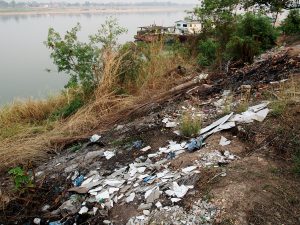
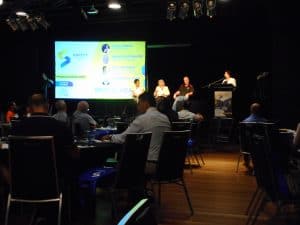 Small regional conferences often work better than major city-based conferences as the atmosphere is more relaxed, delegates are more approachable and there is less pressure to attend some grand trade expo.
Small regional conferences often work better than major city-based conferences as the atmosphere is more relaxed, delegates are more approachable and there is less pressure to attend some grand trade expo. 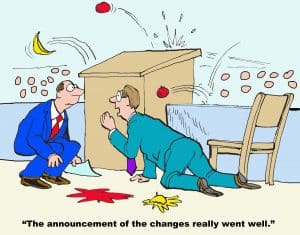
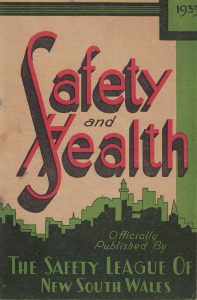

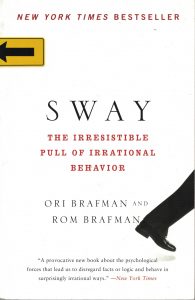 In 2008 the brothers Brafman wrote “
In 2008 the brothers Brafman wrote “